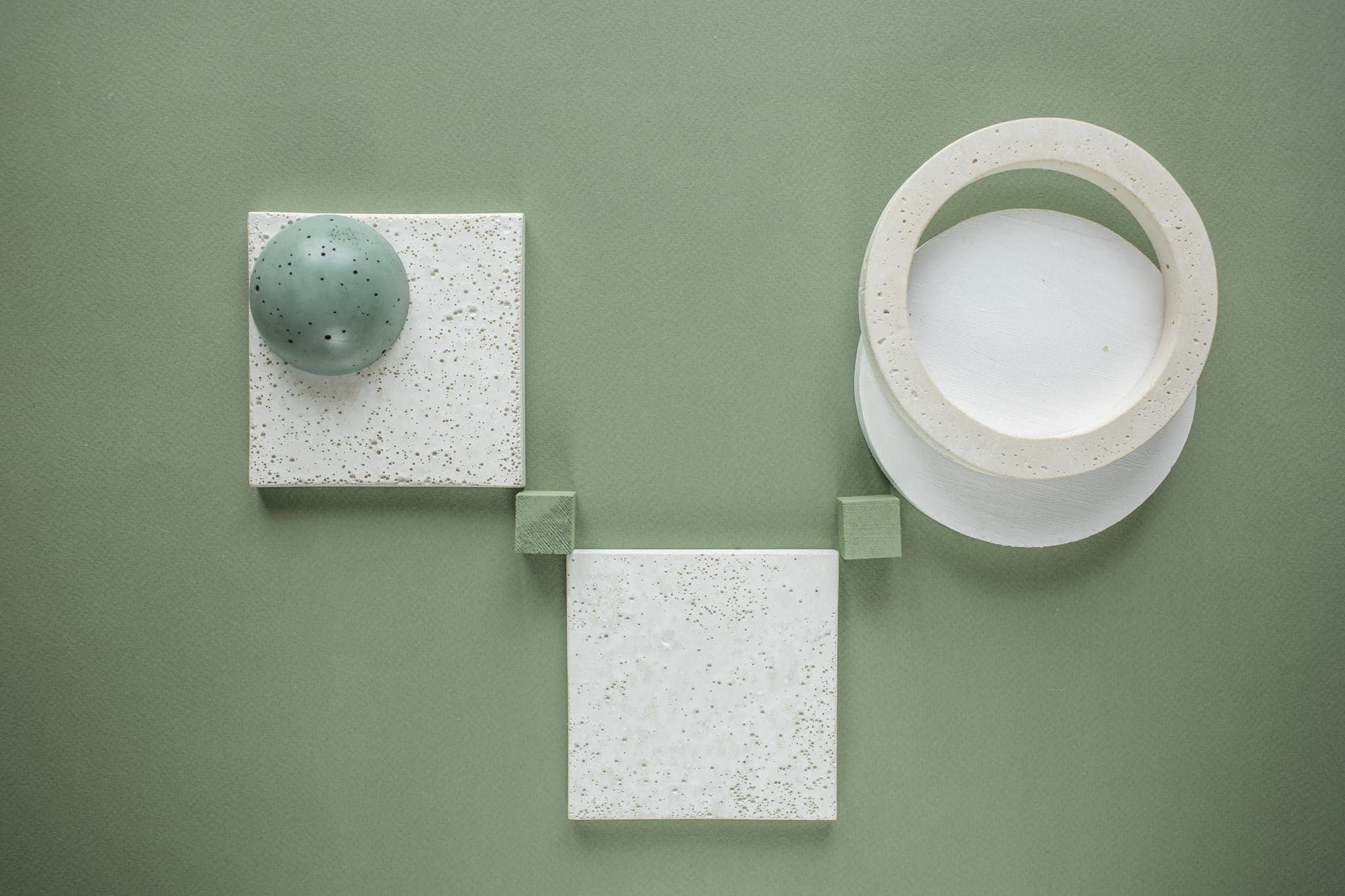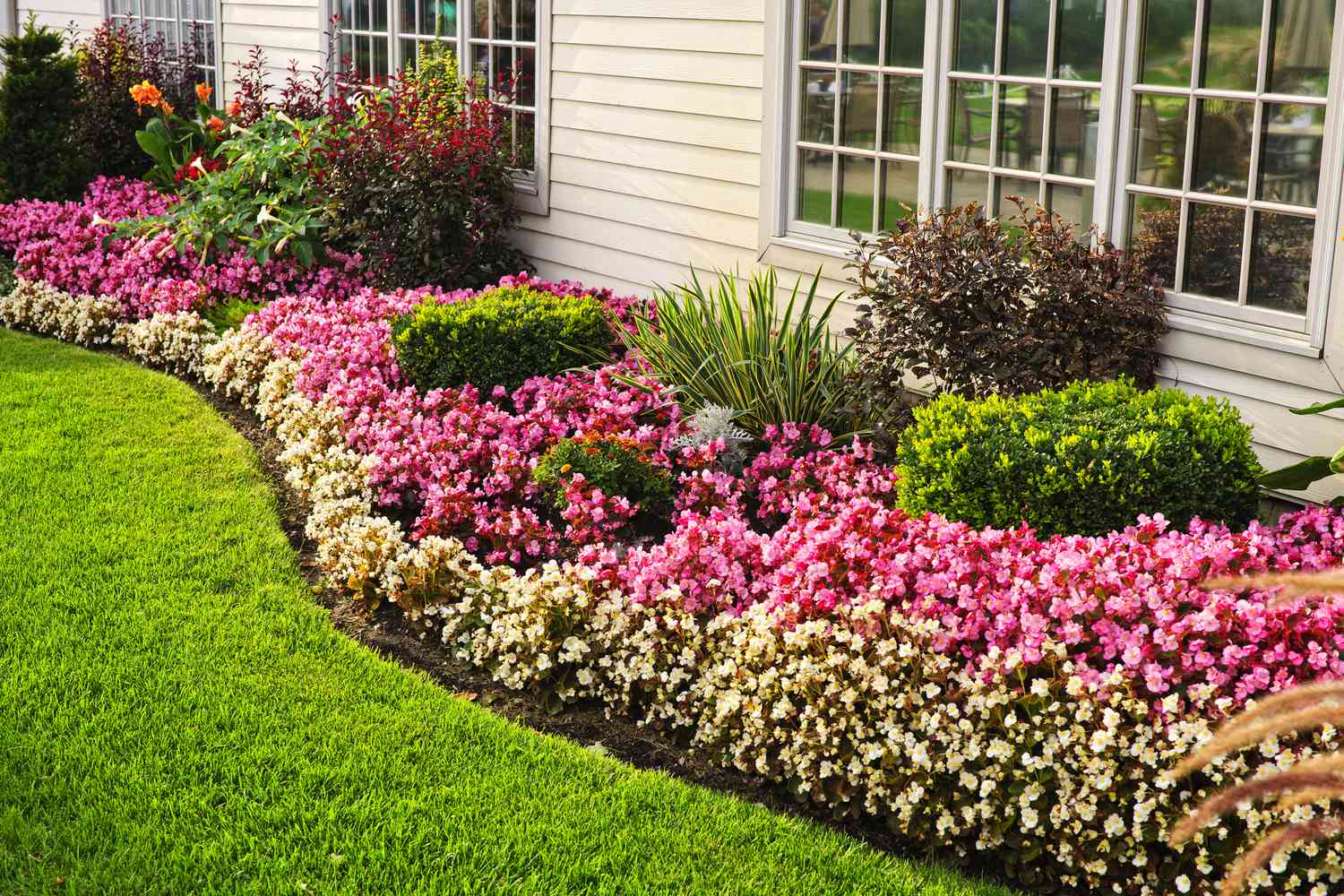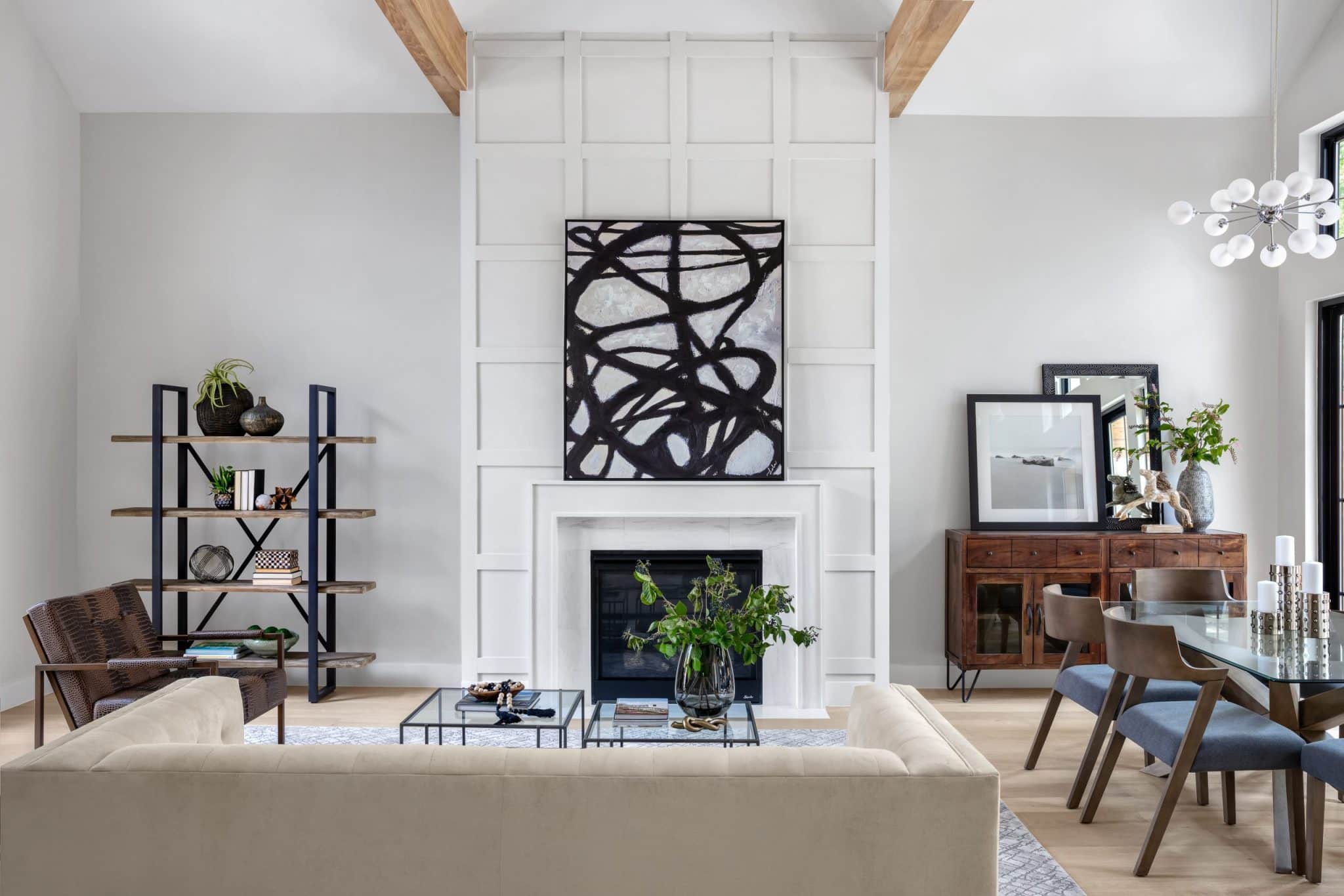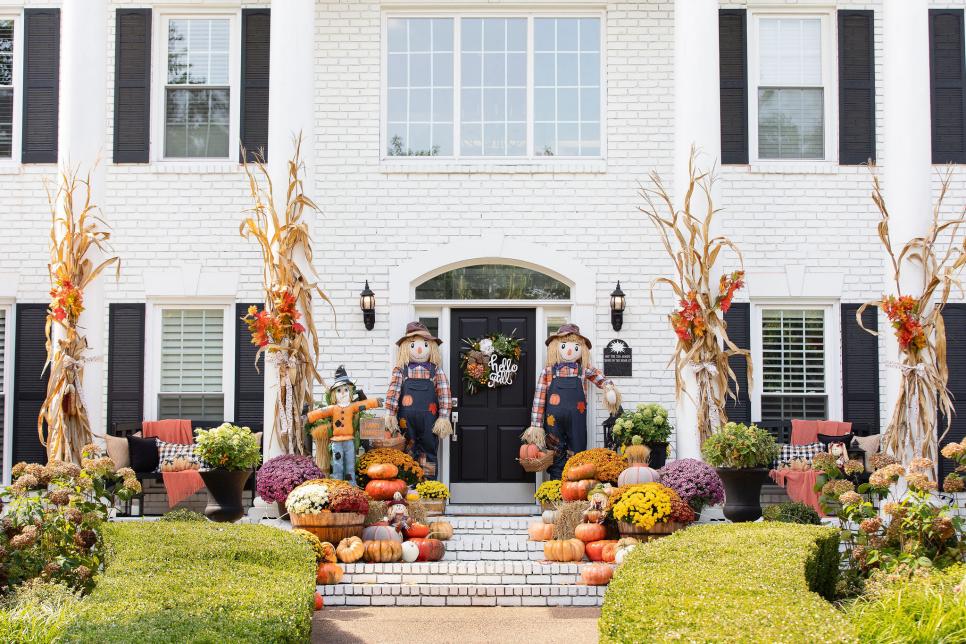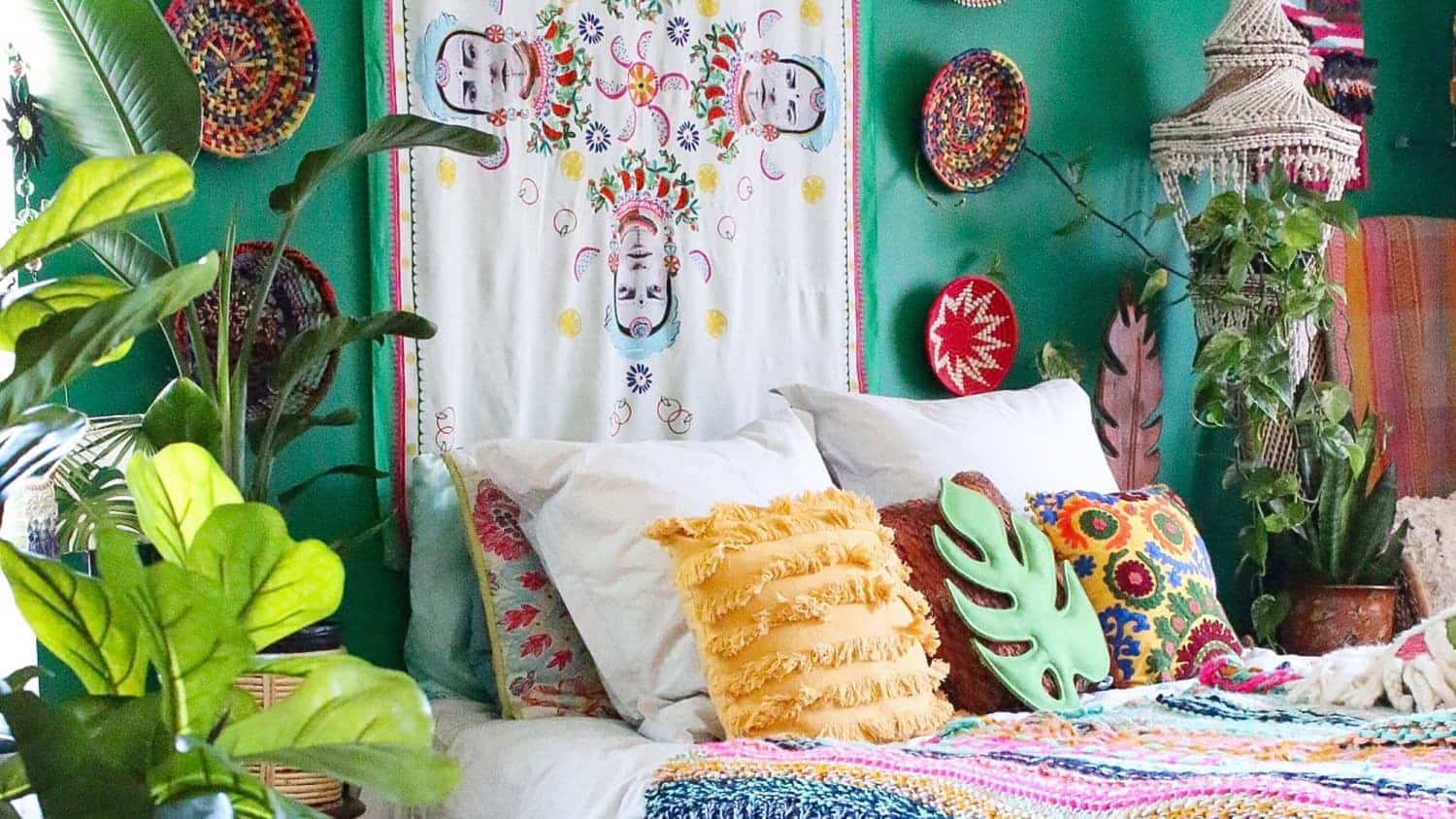How Does Lighting Affect the Appearance of Sage Green Shades?
Choosing a paint for your house is an important and difficult decision. There are so many shades for every color for you to pick from, and there are complementary and contrasting colors. There is the matching of the paint color to the furniture color.
Of course, the biggest thing you must worry about is the lighting in the room. Every room gets natural and artificial lighting. Depending on how much and which lighting a room gets, the appearance of the paint will be different during the day and night.
Otherwise, you will finish painting and then realize that the color looks completely different from the paint samples. To help you, this article will let you know what kind of effect lighting has on the shades of sage green.
Lighting on Color Appearance

As you are aware, colors look different depending on the lighting they are under. Natural and artificial lighting in a room are the deciding factors, so you must pay attention to them while shopping for paint colors. For those who do not know, sage green is a grey-green color that resembles the herb. It is a very calm color, so that’s why it is used in kitchens and bathrooms a lot. It goes really well with natural materials like hardwood or stone. Let’s learn about lighting and its effect on sage green and other shades.
Natural Lighting
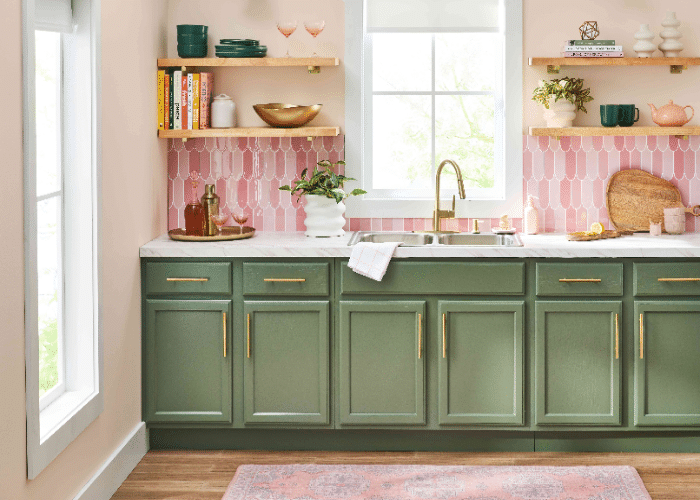
Natural lighting, of course, is the light coming from the sun into your house. It depends on what direction the light is coming from in your room and the time of the day.
If your room faces north, then the light will be softer and have a warm effect. Dark colors will be darker, and light colors will be subdued since the light adds a touch of blue.
Whereas, if your room faces south, then the room gets intense light. So, dark colors will appear brightened, and light colors (like white) might make the room look washed out.
For rooms that face west, the orange colors add warmth, and rooms with red, orange, or yellow will be saturated. In rooms that face east, a bit of green will be added to the walls; if you want to brighten the room up, then use soft and cheerful yellows.
Before you settle on a paint color, you need to test the colors out. Get paint samples, paint a few spots on the walls, and see how the color looks throughout the day. This way, you will figure out if the shade is the one you want or not and get a lighter or darker shade of sage green if required. Make a note of the time when the room is used the most. The time of the year will also need to be taken into consideration.
Artificial Light

Artificial life refers to the electricity bulbs of different brightness and warmth installed in a room. Depending on the type and number of bulbs you use in a room, the paint color’s appearance will differ. Your sample colors will need to be checked under the light in the room so you know how the colors look.
Try out all the lights in various combinations to truly know how artificial light affects the paint’s appearance. After all, you will switch on some of the lights, one light, or all the lights when using that room.
Make sure to have furniture and other decorations in the room when checking the paint color’s appearance. Furnishings can also affect the color perspectives as objects also reflect and absorb light. If you are using accent lighting and task lighting, then keep them in mind as well.
Shadows also play a part in a paint color’s appearance. Paint colors will look different than the sections of a room that are lighted directly. If you pick dark colors for a room, they may look slightly dull in the dark areas, and lighter colors may appear a bit brighter.
Paint Finish
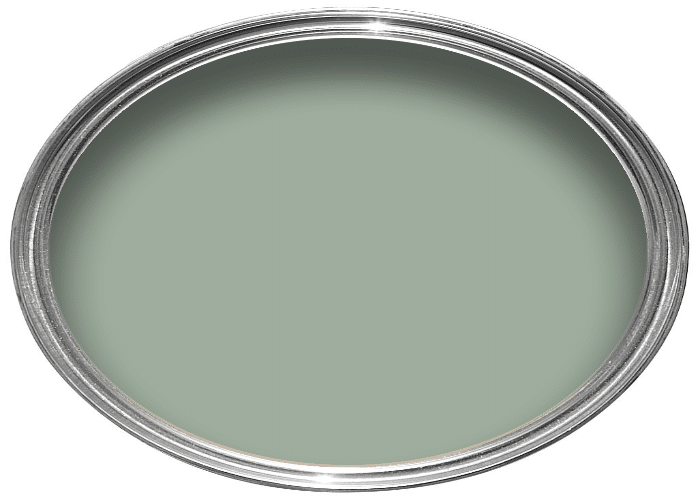
The type of finish you pick for your paint also matters. Finishes like flat, semi-gloss, gloss, etc., also affect how a paint color looks. Gloss sometimes adds depth to any color, but under certain light, it will be very reflective, changing the color’s perception. The more glossier the finish, the more light bounces off and changes the color appearance. With flat finishes, less light will bounce off.
The color choice also matters in how much the color changes or not in certain lights. Colors like white and off-white may look vanilla but are adaptable under all light conditions.
This also applies to pale shades of colors. Light colors might also reflect hue from things like furniture, rugs, flooring, etc. Bright colors are not at all like light colors in this matter. Colors like taupe, khaki, and shades of sage green change far more under lighting.
Final Thoughts
Having your favorite color painted on your walls is the best feeling. As you know, colors affect your mood, so having your favorite color on the walls helps keep you in a good mood.
So, you browse through the paint samples to find the perfect shade. But the most important thing is that colors look extremely different under natural and artificial lighting.
This article explains to you how the lighting can change the appearance of colors, like the shades of sage green, and how this will affect your decision when buying paint.
This way, you will have the exact color you want in your home.

